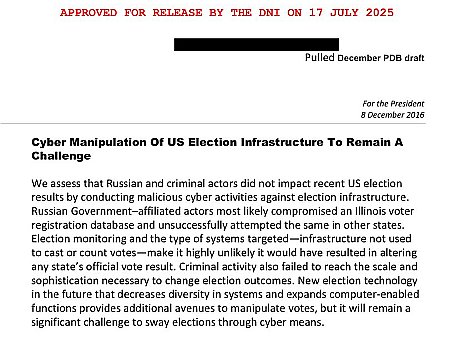California Coastal Commission to reconsider SpaceX’s Vandenberg launch proposal
The California Coastal Commission has now scheduled a meeting on August 14, 2025 to reconsider SpaceX’s request to double its launch rate at Vandenberg Space Force Base from 50 to 100 launches per year.
Though it has no real authority over the base, and though the Space Force has indicated it has no objections to SpaceX’s proposal, the commission rejected that increase in a 6-4 vote in October 2024, but did so not because the commissioners thought it would harm California’s beaches, but because they did not like Elon Musk’s endorsement and campaigning for Donald Trump during the election campaign.
SpaceX has subsequently sued, with a judge ruling two weeks ago that the suit can go forward. Based on the statements made by commissioners in October, SpaceX has an excellent case, and will likely win in court.
It appears the commission is now acting to possibly stave off that suit. The article at the link also notes that the make-up of the commission has changed since that October meeting, with at least one of the commissioners who expressed the most hate against Elon Musk, Gretchen Newsom, is no longer a member.
At the same time, the hostility to Musk and SpaceX for environmental reasons appears to still exist within the commission. Either way, in the end SpaceX’s launch rate at Vandenberg is going to increase, since the military is agreeable to the change.
The California Coastal Commission has now scheduled a meeting on August 14, 2025 to reconsider SpaceX’s request to double its launch rate at Vandenberg Space Force Base from 50 to 100 launches per year.
Though it has no real authority over the base, and though the Space Force has indicated it has no objections to SpaceX’s proposal, the commission rejected that increase in a 6-4 vote in October 2024, but did so not because the commissioners thought it would harm California’s beaches, but because they did not like Elon Musk’s endorsement and campaigning for Donald Trump during the election campaign.
SpaceX has subsequently sued, with a judge ruling two weeks ago that the suit can go forward. Based on the statements made by commissioners in October, SpaceX has an excellent case, and will likely win in court.
It appears the commission is now acting to possibly stave off that suit. The article at the link also notes that the make-up of the commission has changed since that October meeting, with at least one of the commissioners who expressed the most hate against Elon Musk, Gretchen Newsom, is no longer a member.
At the same time, the hostility to Musk and SpaceX for environmental reasons appears to still exist within the commission. Either way, in the end SpaceX’s launch rate at Vandenberg is going to increase, since the military is agreeable to the change.
















